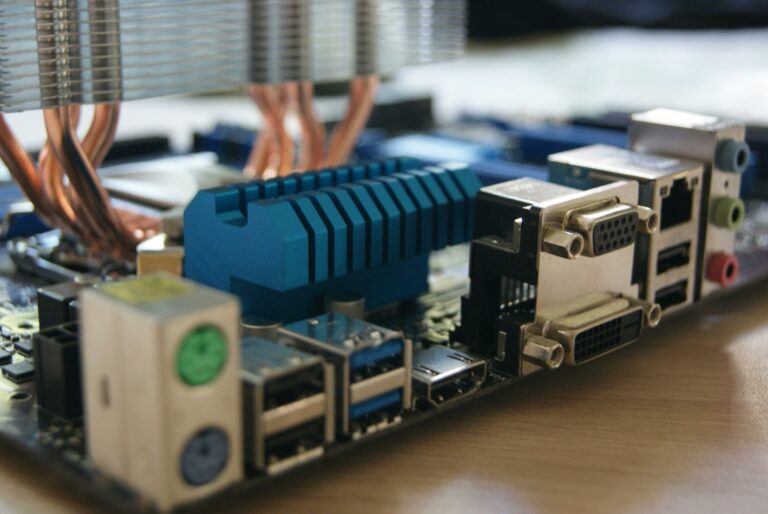Imagine you’re trying to send a postcard without knowing the recipient’s address. Sounds impossible, right? Similarly, every device on a network needs an IP address to communicate effectively. In this text, we’ll dive deep into the world of IP addresses, focusing specifically on the intriguing combination of 203.76.123.196:8234. So grab your digital magnifying glass, and let’s uncover what makes this address tick.
Table of Contents
ToggleUnderstanding IP Addresses

What Is an IP Address?
An Internet Protocol (IP) address serves as a unique identifier for a device on a network. Think of it as a postal address for your computer. This is how data knows exactly where to go when it hastily zips around the vast internet. Without it, the web would resemble a chaotic street fair where no one can find their booth.
Types of IP Addresses
There are two primary types of IP addresses: IPv4 and IPv6. IPv4 addresses, such as 203.76.123.196, are the most common and consist of four decimal numbers separated by periods. But, with the ever-growing number of devices, IPv6 was introduced. These addresses are longer and more complex, capable of supporting an astronomical number of devices.
How IP Addresses Work
IP addresses work hand in hand with routers and other networking devices to help communication. When a request is made online, it’s like a high-speed game of tag. Your device sends a request, and the destination uses the IP address to send the information back. This seamless communication ensures that you’re not left holding an empty postcard.
Exploring the Significance of Port Numbers
What Is a Port Number?
If the IP address is the postal address, then a port number is like the specific apartment number within an apartment complex. It directs traffic to the right application or service on a device. Each application on a device listens for communication on its designated port, ensuring that data doesn’t take the wrong turn.
Common Port Numbers Explained
For example, HTTP generally uses port 80, while HTTPS switches to port 443. But don’t forget about the ninja ports lurking in the shadows. Port 8234, which we’ll explore shortly, could relate to an array of services depending on the server configuration. Knowing port numbers gives you insight into what kind of traffic is being handled.
The Role of Ports in Network Communication
Ports are vital for managing multiple simultaneous connections. This ensures data flows smoothly between devices without getting jumbled. By designating specific ports for different functions, a server can expertly juggle numerous data streams. This orchestration is what makes modern web services reliable.
Analyzing Traffic to 203.76.123.196:8234
Potential Uses of the IP and Port Combination
So what does 203.76.123.196:8234 signify? This unique combination specifies a specific service running on the device corresponding to this IP address. Depending on its configuration, it could support anything from gaming servers to web applications. Understanding these possibilities helps network administrators manage traffic and optimize performance.
Security Considerations for Open Ports
But, open ports also present vulnerabilities. An exposed port can invite unwanted attention from cyber attackers looking for weaknesses to exploit. It’s crucial for administrators to regularly audit open ports and ensure only those necessary for operation remain accessible.
Troubleshooting Connectivity Issues
Common Issues with IP Address Connectivity
Problems connecting to 203.76.123.196:8234 can stem from a variety of sources. Often, network configuration errors, ISP issues, or even firewall rules could be the culprits. Users may encounter error messages or experience delayed connections due to these underlying issues.
Steps to Resolve Connectivity Problems
To tackle connectivity problems, first check your network settings and ensure the IP address is correctly configured. Also, verify that the necessary ports are unblocked by your firewall. Sometimes a simple reboot of the router can do wonders. If the problem persists, you may need to reach out to your Internet Service Provider for a deeper investigation.






